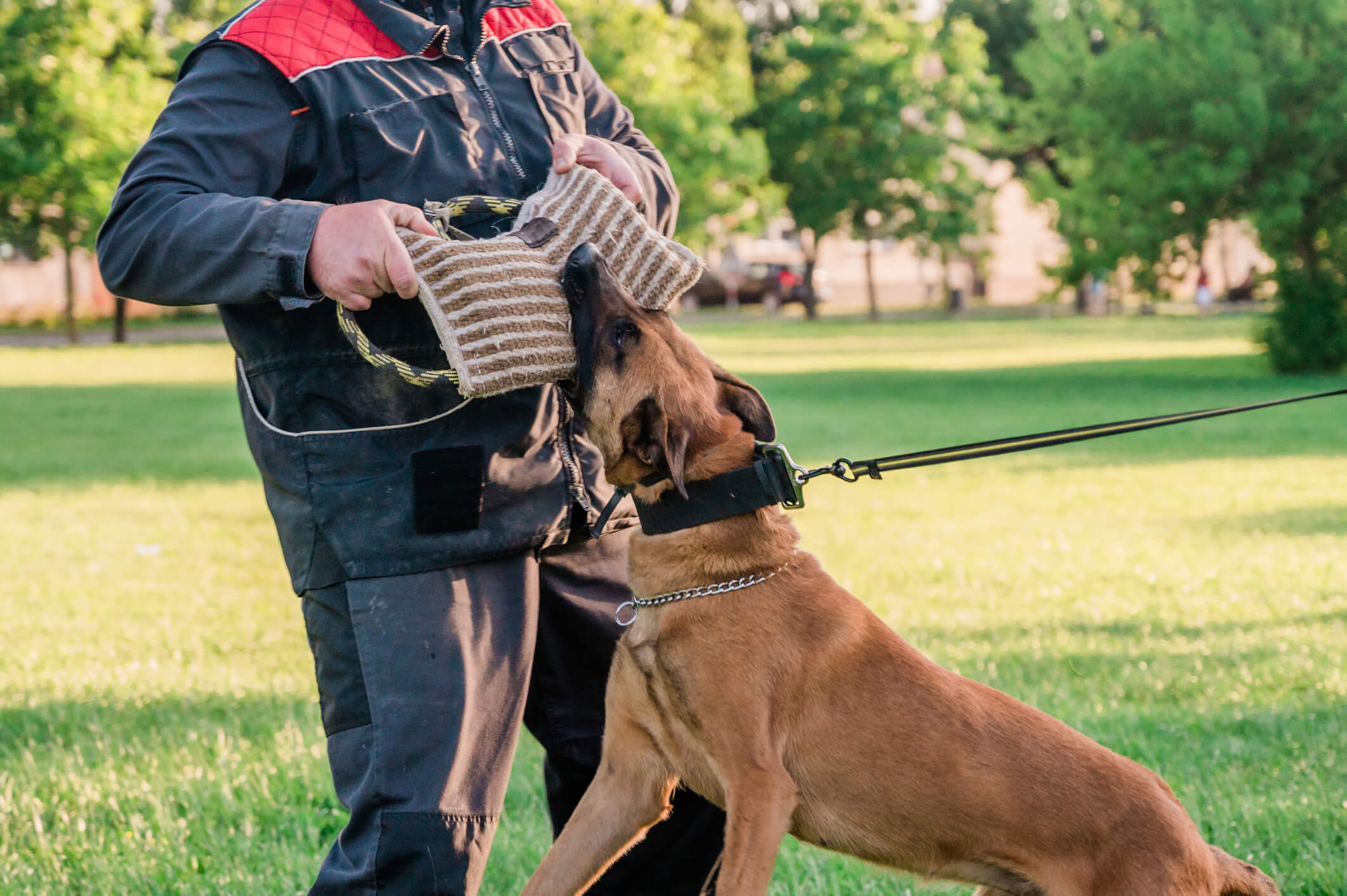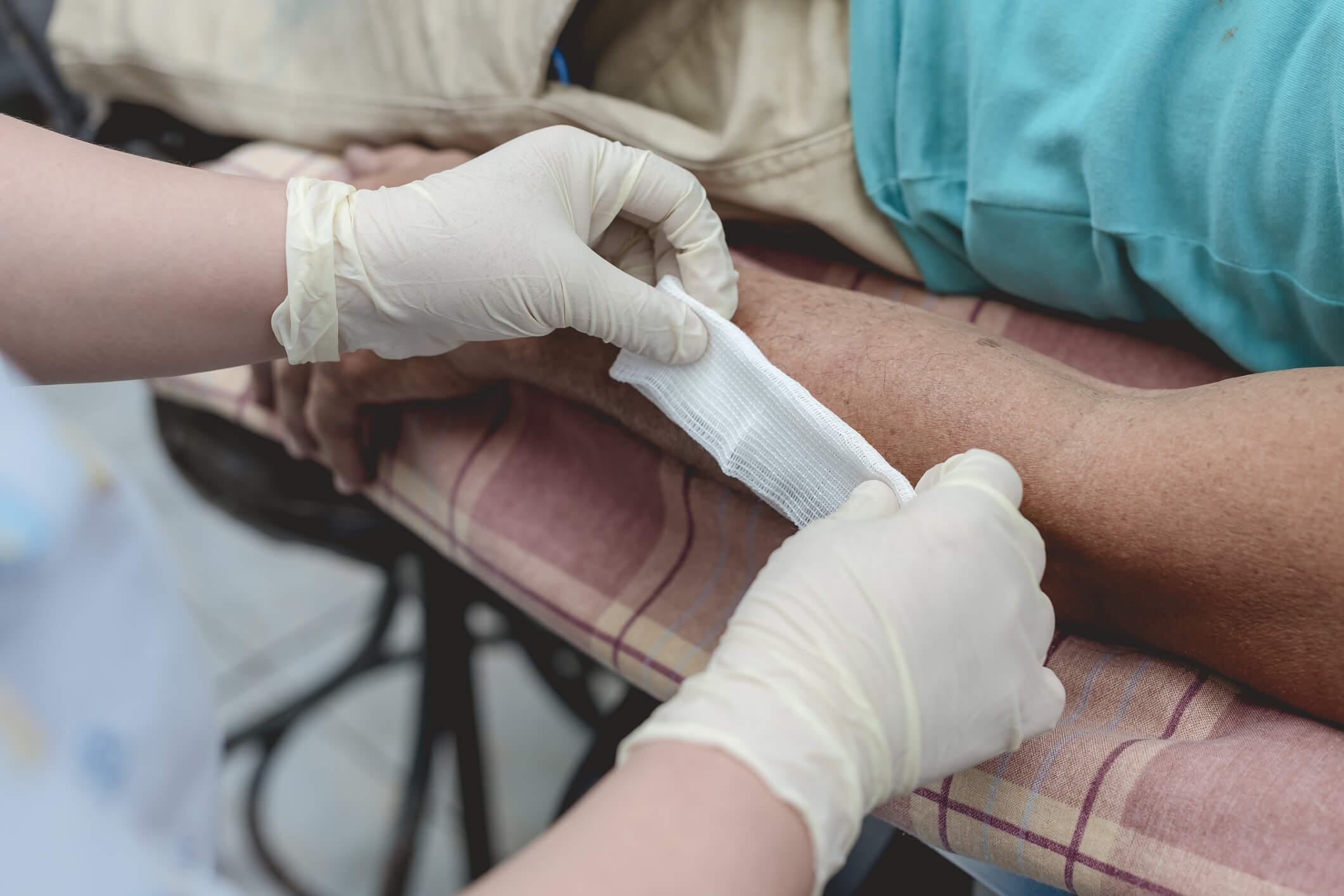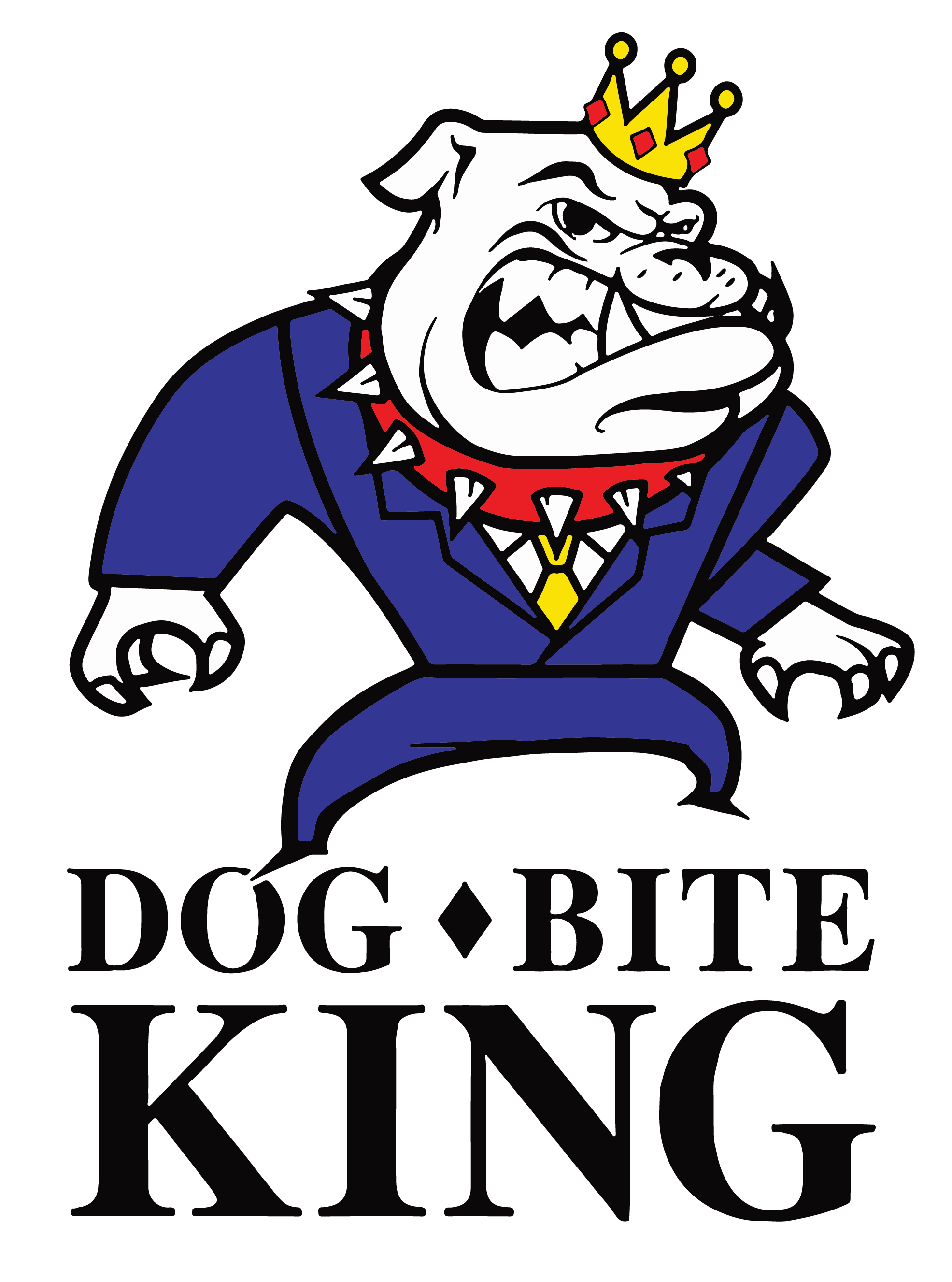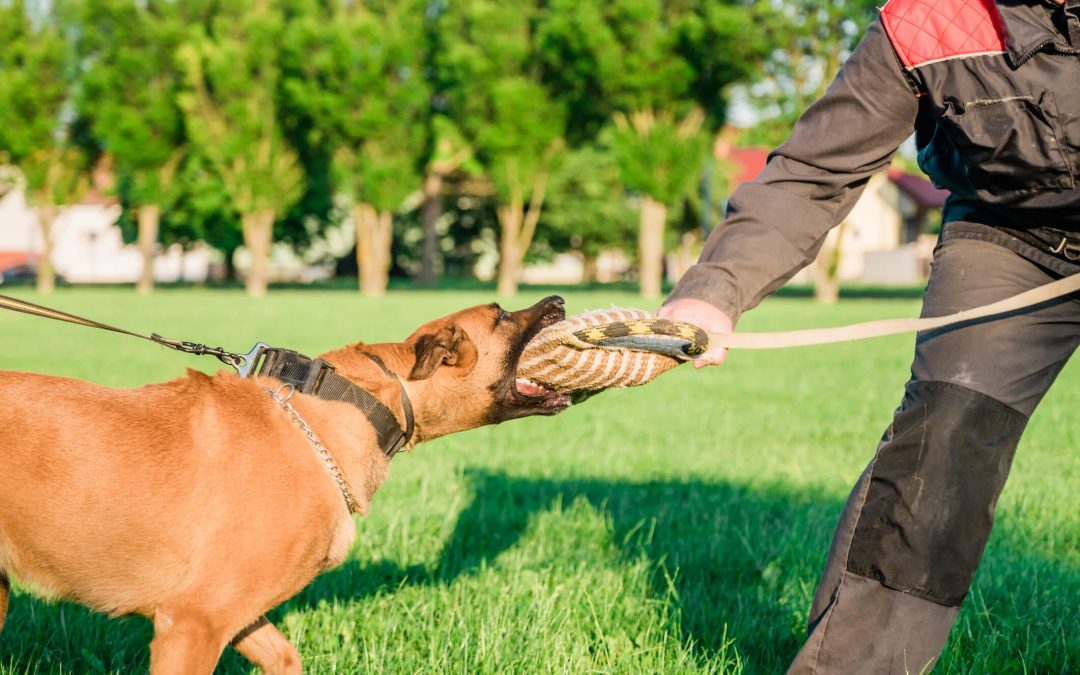Our furry animals may be dear companions, but facing aggressive dogs can be risky. Knowing how to defend yourself from dog attacks is vital for personal safety. The content of this article covers dog bite safety tips and techniques, including training, dog bite prevention, awareness, escape tactics, and using pepper spray or a stun gun for self-defense. Learn about body language, distance, command, and equipment for protection to handle aggressive behavior confidently and ensure your safety.
Understanding Dog Behavior
Knowing how dogs behave is crucial for defending yourself against potential dog attacks. Aggression in dogs can stem from fear, territorial instincts, or feeling threatened. Be aware of warning signs or a signal like growling, bared teeth, or raised hackles to prevent attacks. Understanding a dog’s behavior helps gauge the threat level and respond appropriately. Also, avoid direct eye contact, as dogs may perceive it as a challenge or threat.
By understanding these canine behaviors, you can proactively avoid escalating situations and use strategies to ease tension. Reading and responding to a dog’s body language reduces the risk of confrontations, creating a safer environment for humans and their furry friends. In case of an attack, use protective measures like a backpack as a barrier or a commanding voice to deter the dog. This knowledge safeguards your well-being and promotes harmonious interactions between people and their pets.
Preventative Measures
Preventative measures are essential when dealing with potentially aggressive and dangerous dogs to ensure a safe encounter. Here are the things that you can do to prevent a bog bite incident.
1. Stay Calm
Dogs can pick up on human emotions like fear and anxiety due to their keen observation of body language, vocal tones, and subtle cues. Dogs may perceive fear as a potential threat or danger when they sense it.
To avoid escalation, it’s crucial to remain calm in your interactions with dogs. A calm demeanor assures the dog and reduces their apprehension. Dogs respond positively to individuals who project a composed and collected energy, fostering a relaxed atmosphere. This helps prevent aggressive behavior and builds a positive and trusting relationship between people and their canine companions. Understanding and managing our emotions creates a conducive environment for positive interactions with our four-legged friends, enhancing the bond between humans and dogs.
2. Avoid Direct Confrontation
When dealing with a possibly aggressive dog, avoiding direct confrontations is wise. Instead, give the dog ample space to evaluate the situation without feeling threatened. Approaching the dog might lead to defensive actions, especially if sudden movements are dangerous. By keeping a safe distance and avoiding abrupt actions, individuals can lower the chances of provoking defensive responses from the dog.
Stepping back and giving the dog space to assess its surroundings helps create a less aggressive environment. Dogs often feel more at ease when observing from a distance, minimizing the likelihood of the situation escalating. Remember that allowing the dog to assess the circumstances without pressure enhances safety and reduces the risk of defensive behavior.
3. Do Not Run
When dealing with an aggressive dog, avoiding the urge to run is vital. Dogs naturally chase moving things, and running may provoke them, leading to a potential attack that may cause dog bites. Running could be seen as a challenge or a game, worsening the situation and increasing the danger. Instead, take a different approach by moving slowly and steadily. This sends a message to the dog that you’re not a threat, helping to ease tension and providing a chance to de-escalate the situation.
Moving at a steady pace lets you control the situation better and decreases the likelihood of the dog seeing you as a threat. It allows the dog to assess the situation without needing to chase. This calm and non-threatening method aligns with how dogs communicate, fostering a more peaceful resolution and reducing the risk of the encounter turning aggressive.
Adopting these precautionary steps ensures safer interaction with dogs, minimizing the chances of facing aggressive encounters. These straightforward but impactful measures contribute to establishing a calm and non-threatening atmosphere, promoting positive interactions between people and their furry companions.

Defensive Techniques To Protect Yourself From Dog Attacks
1. Use a Barrier for Safety
Defending yourself against an aggressive dog is crucial, and a simple yet effective way to do so is by using a makeshift barrier. In the case of a threatening canine, quickly grab something that is an accessible item like a backpack, purse, stick, or jacket and position it strategically between you and the dog. This serves as a protective shield and creates a vital buffer zone, providing you with essential moments to assess the situation and plan your next move.
Apart from preventing direct contact, employing a makeshift barrier allows you a brief but critical opportunity to evaluate the situation and make informed decisions about how to proceed. This immediate defensive response guards against potential injuries and empowers you to navigate the encounter more effectively. The visual presence of the protective barrier acts as a deterrent to the dog, signaling that it is not a threat. Simultaneously, it allows you to observe the dog’s behavior and assess the overall level of danger. By incorporating this straightforward defensive tactic, you prioritize your safety in the face of an aggressive dog, effectively managing the encounter for a more favorable outcome.
2. Assertive Commands with a Commanding Voice
Defending yourself from an aggressive dog becomes more manageable by employing assertive commands with a commanding voice. This simple yet powerful strategy proves effective in defusing tension, as confident communication can positively influence a dog’s behavior. Utilizing a firm and assertive tone, commands like “Sit” or “Stay” serve as authoritative cues that some dogs are responsive to. This allows you to establish control and creates a crucial opportunity to increase the distance between yourself and the potentially threatening canine.
In summary, using assertive commands with a commanding voice is a practical self-defense approach in the event of a dog attack. This technique leverages the psychological impact of authoritative communication, providing a chance to shape the dog’s behavior and navigate the situation toward a safer resolution. Mastering this communication skill enhances individuals’ ability to handle tense encounters with aggressive dogs, effectively minimizing potential risks.
3. Shielding Vital Areas
When one dog suddenly becomes aggressive, defending yourself is crucial. Focus on protecting your neck, chest, eyes, mouth, throat, and face by using your arms and hands as an immediate shield during a rapid lunge. This quick response lowers the risk of acquiring various types of dog bite injuries and gives you vital moments to assess the situation and plan your next defensive moves. Shielding these key areas acts as a crucial first line of defense, creating a temporary barrier between you and potential harm, providing a momentary advantage in the face of a dog attack.
This automatic action serves a dual purpose – it physically safeguards vulnerable areas. It allows you a brief yet crucial window to understand the dog’s behavior and formulate an effective defense strategy. By prioritizing the defense of your neck and face, you establish a foundation for a composed response to the unexpected threat, increasing your chances of safely handling a challenging encounter with an aggressive dog.
4. Counterattack as a Last Resort
In challenging situations where the defenses of others fall short, having a thoughtful plan for a decisive counterattack is crucial for personal safety. When facing immediate danger, focusing on the dog’s sensitive areas, like the eyes, nose, or throat, can be a last-resort way to defend yourself. However, it’s vital to exercise extreme caution and use this forceful response only when necessary. Employing a counterattack should be a carefully considered choice, recognizing the potential risks of escalating the situation and heightening the dog’s aggression.
The emphasis on caution in employing a counterattack highlights the significance of prioritizing safety over aggression. While this defensive approach might be a lifesaver in extreme cases, responsible judgment is crucial in minimizing harm and finding a resolution without worsening the conflict. It serves as a reminder that self-defense strategies should be applied thoughtfully and only after exhausting all other options, ensuring a balanced approach to handling the challenges of facing an aggressive dog.
Remember, employing these defensive techniques aims to prioritize personal safety while minimizing harm to both yourself and the dog. Understanding the escalation of force and employing the appropriate response based on the situation can be instrumental in effectively defending yourself against a dog attack.

Post-Attack Measures
After an encounter with a dog attack, taking post-attack measures is crucial to ensure your well-being and prevent potential future incidents.
1. Seek Prompt Medical Attention
Getting quick medical help after a dog bite is vital because even small bites can lead to infections and other problems. Bacteria in the bite can cause severe issues if not taken care of, so seeing a doctor or medical professional is crucial. This helps prevent infections immediately and lets the doctor find and deal with any other health problems caused by a dog bite. Going to the doctor quickly ensures you recover well after a dog bite.
Getting prompt medical attention doesn’t just keep you healthy but also stops potential issues from getting worse. Understanding the need for professional care shows how serious dog bites are and how important it is to get checked out and treated, even for what seems like a small bite. Taking care of an injury or a wound early on helps you recover faster and better from dog bites.
2. Report the Incident to Local Authorities
When it comes to a dog attack, reporting a dog bite incident to local authorities is vital, especially if the dogs have dog owners. This helps create an official record, giving authorities essential details about what happened. The record is like a guide for them to understand the situation, take the proper steps, and take seriousness. Reporting also keeps the community safe by letting authorities know about dogs that could be risky. The information they get from these reports lets them watch over things and step in if needed, making the neighborhood safer for everyone, including pets.
Additionally, telling authorities about dog attacks is vital in encouraging responsible pet ownership. It holds owners responsible for what their pets do, pushing them to be careful and deal with any problems. With these reports, authorities can work with owners to fix things, like teaching their pets better behavior or finding ways to keep them under control. This way, reporting becomes part of a group effort to ensure neighborhoods are safe from aggressive dogs, promoting responsible pet ownership and stopping future problems.
3. Consult a Professional for Emotional Support
Facing emotional distress after a dog attack is expected. When dealing with the aftermath, it’s crucial to understand its potential impact on your mental well-being. Seeking professional help, like trauma counseling, is vital in healing. A mental health professional can provide tailored support, guiding you through the emotional aftermath of the attack. This intervention isn’t just about addressing immediate concerns; it’s crucial for building long-term resilience and helping you navigate the psychological complexities of the experience.
Consulting a mental health professional shows a commitment to your overall well-being. Through trauma counseling, you gain essential tools to manage stress, anxiety, and any lasting emotional effects. This proactive approach recognizes the importance of mental health after a dog attack, empowering you to overcome emotional challenges and restore balance and stability to your life.
After a dog attack, handling both the physical and emotional aspects is essential. Getting medical help, reporting the incident, and seeking emotional support from a professional are crucial steps in recovering from a dog attack and preventing possible future issues. These measures are crucial in ensuring your well-being and addressing the attack’s aftermath, covering immediate concerns and long-term emotional resilience.
Conclusion
Protecting yourself from a dog attack involves being aware and using preventive measures and effective defense techniques. Understanding how dogs behave and applying these strategies enhances your ability to safely handle encounters with aggressive dogs. It’s important to note that the objective is not to harm the dog but to ensure your safety while minimizing harm to you and the dog. Stay informed, maintain a calm demeanor, and prioritize your safety when facing an aggressive dog.
Canine Training Essentials: Using Positive Reinforcement Techniques
Effective dog training methods shape a dog’s behavior and foster a positive relationship with its human companions. Utilizing positive reinforcement techniques involves rewarding desired behaviors with treats, toys, or affection while avoiding punitive measures like a stick or harsh commands. This approach aligns with the dog’s instinct to seek rewards and creates a bond based on trust and cooperation.
When you train a dog, finding what piques their interest, be it a favorite toy such as a ball, a stick, or a special treat, becomes essential. Incorporating these elements into training sessions can make learning enjoyable for the dog, encouraging them to respond positively to commands and gestures. Walking on a leash, sitting on command, or refraining from aggressive behavior are some examples where positive reinforcement can be highly effective. This member-oriented training method emphasizes the importance of understanding the dog’s perspective and reasoning, making the learning process a mutually beneficial experience. Moreover, stories of successful training sessions and news of remarkable results through positive reinforcement can serve as inspiring anecdotes for those embarking on a training journey with their furry companions.
Frequently Asked Questions
Here are some frequently asked questions.
Q. How can I protect myself from dog attacks if I am walking or jogging alone?
Ensuring your safety during walks or jogs alone involves taking proactive measures to prevent and handle potential dog attacks. It’s crucial to stay aware of your surroundings and be attentive to signs of aggressive behavior in approaching dogs, such as growling or bared teeth.
Carrying a deterrent like a dog spray and being familiar with non-violent methods to deter dogs, such as using a firm voice or presenting a barrier like an umbrella, can be essential. In the case of an aggressive approach, avoiding direct eye contact, staying calm, standing still, and using simple commands to influence the dog’s behavior positively are recommended.
Choosing your routes wisely, steering clear of areas known for aggressive dogs, and opting for well-populated paths where assistance may be readily available are prudent steps. Additionally, informing someone about your route and estimated return time can enhance your safety during a solo walk or jog, providing extra protection and peace of mind.
Q. What should I do if a dog knocks me down during an attack?
If a dog attacks and knocks you down, defend yourself by protecting critical areas like your head and neck. Use your arms to cover your head and shield your face with your hands. Try to adopt a fetal position, tucking your head and bringing your knees up for added protection. Keep calm and avoid direct eye contact to minimize the risk of escalating the situation.
On the ground, assertively command the dog to “stay” or “back off” using your voice. Use an object like a backpack as a barrier between you and the dog if available. If the dog persists, consider a forceful counterattack targeting sensitive areas such as the eyes, nose, or throat, but only as a last resort. Promptly seek medical attention for any injuries, regardless of their apparent severity. Report the attack to local authorities to create a record and prevent potential future incidents. If emotional struggles arise, consider seeking professional help, such as trauma counseling, to navigate the aftermath of the attack.
Q. Are there certain body language cues that could provoke a dog’s aggression?
Certainly, specific body language cues have the potential to provoke aggression in dogs. Dogs are highly perceptive to non-verbal signals, and actions like direct eye contact, sudden movements, and invading their personal space may be interpreted as threats. Additionally, some dogs may react defensively to raised voices or dominant postures. It’s crucial to be aware of your body language and approach dogs calmly and respectfully to avoid inadvertently triggering aggression.
To reduce the likelihood of provoking aggression, letting dogs initiate contact rather than approaching them directly is recommended. Avoid abrupt gestures, maintain a relaxed posture, and avoid reaching over their heads, as this can be seen as threatening. Being attentive to a dog’s body language, including tail position, ears, and overall demeanor, can offer insights into their comfort level and help prevent unintentional aggression.
Q. How can I overcome fear and stay calm during a dog attack?
Overcoming fear and staying calm during a dog attack involves a combination of mental preparation and practical strategies. Firstly, try remaining calm by taking deep breaths and avoiding sudden movements. A steady and assertive demeanor can help signal the dog that you are not a threat.
Secondly, focus on using defensive techniques such as creating a barrier between yourself and the dog, using a commanding voice with simple commands like “Sit” or “Stay,” and protecting vital areas like your neck and face. Remember that maintaining a calm presence and employing these techniques can increase your chances of safely navigating a dog attack. Additionally, seeking professional help or counseling after such an incident can provide valuable support in overcoming any lingering fear or anxiety.
Q. What are the legal implications of defending oneself against a dog attack?
The legal aspects of defending oneself from a dog attack can differ based on local laws and the specific situation. In many areas, people have the right to protect themselves from immediate harm, including dog attacks. However, it’s crucial to remember that the force used in self-defense should be reasonable and proportionate to the perceived threat. If faced with a dog attack, prioritizing personal safety is essential while staying within legal boundaries.
Taking swift action by reporting the incident to local authorities and seeking prompt medical attention is crucial for documenting the event and creating an official record. In instances where the dog has an owner, legal steps may involve notifying animal control or local law enforcement. Awareness of your rights, understanding local regulations, and, if necessary, seeking legal guidance can clarify the consequences and potential outcomes of defending yourself against a dog attack.
Q. How do I handle a situation where a dog has bitten me?
Dealing with a dog bite requires swift and careful action to safeguard your well-being. Your immediate priority should be moving away from the dog to avoid additional bites. Thoroughly clean the wound with soap and water to minimize the risk of infection, followed by applying an antiseptic and a clean bandage. Seeking prompt medical attention is essential to assess the bite’s severity and determine if further medical measures, such as stitches or antibiotics, are necessary. It’s equally important to report the incident to local authorities, particularly if the dog has an owner, ensuring proper steps are taken to address the situation, including checking the dog’s vaccination status and preventing future incidents.
Q. Can a person die from a dog bite?
While instances of death resulting from dog bites are relatively uncommon, it is indeed possible for a person to succumb to the consequences of a severe dog bite. The gravity of the outcome hinges on various factors, including the dog’s size and breed, the bite’s depth and location, and the speed with which medical attention is sought. Larger and more robust dog breeds possess the potential to inflict more significant injuries, with bites targeting critical areas like the neck or head, posing a direct threat to life.
Complications, such as infection or excessive bleeding, can further amplify the seriousness of the injury. Seeking immediate medical attention is paramount for individuals who experience a dog bite, especially in severe cases, as this action helps mitigate the risk of complications and ensures proper wound management. Recognizing the potential dangers associated with dog bites underscores the vital importance of responsible pet ownership, comprehensive training, and fostering public awareness regarding canine behavior and safety.
Q. Why is my dog aggressive at night?
Understanding why your dog exhibits aggression at night requires careful consideration of various factors. Dogs may display heightened territorial instincts during nighttime, reacting to perceived threats or unfamiliar sounds/noise and smells. Additionally, reduced visibility in the dark might make your dog more reactive to stimuli, leading to defensive or aggressive behavior. Hormonal fluctuations, discomfort, or underlying health issues could also contribute to nighttime aggression. Observing your dog’s behavior closely is essential, noting specific triggers and consulting with a veterinarian or a professional dog behaviorist for a comprehensive evaluation. Creating a secure and comfortable nighttime environment, providing proper training, and addressing potential health concerns can help mitigate nighttime aggression in your dog.
Q. How do you know if your dog is aggressive?
Identifying aggressive behavior in your dog necessitates attentiveness to various signals and cues. Such behavior can manifest through audible signs like growling, barking, or snarling and may escalate to physical actions, including biting. Observing the dog’s body language, with raised hackles, a tense posture, or visible teeth indicating potential aggression, is crucial. Awareness of signs of discomfort or distress is essential, particularly in specific situations or around certain individuals or animals. Consistent aggression might be linked to territorial concerns, fear, or underlying health issues. Regularly assessing your dog’s behavior, seeking professional guidance when necessary, and addressing the root causes are crucial steps in managing and modifying aggressive tendencies in your four-legged friend.
Get Legal Support for Your Dog Attack Injury
If you’ve experienced the distress of a dog attack resulting in injuries, it’s vital to seek legal assistance to safeguard your rights and obtain the compensation you’re entitled to. In Las Vegas, the Dog Bite King Law Group is ready to support you through this challenging time. We comprehend the various factors contributing to such incidents, including potential negligence by dog owners, and our expert dog bite injury lawyer in Las Vegas is dedicated to assisting you in navigating the legal complexities surrounding your case. Your well-being matters, and we are here to ensure you receive the legal support and compensation you deserve.
Establishing an attorney-client relationship with us means having a dedicated team to guide you through the legal process and advocate for your safety and well-being.
Schedule an appointment for a free initial consultation about your case or learn how to protect yourself from a dog bite in Las Vegas, Nevada, by calling (702) 364-2483.

